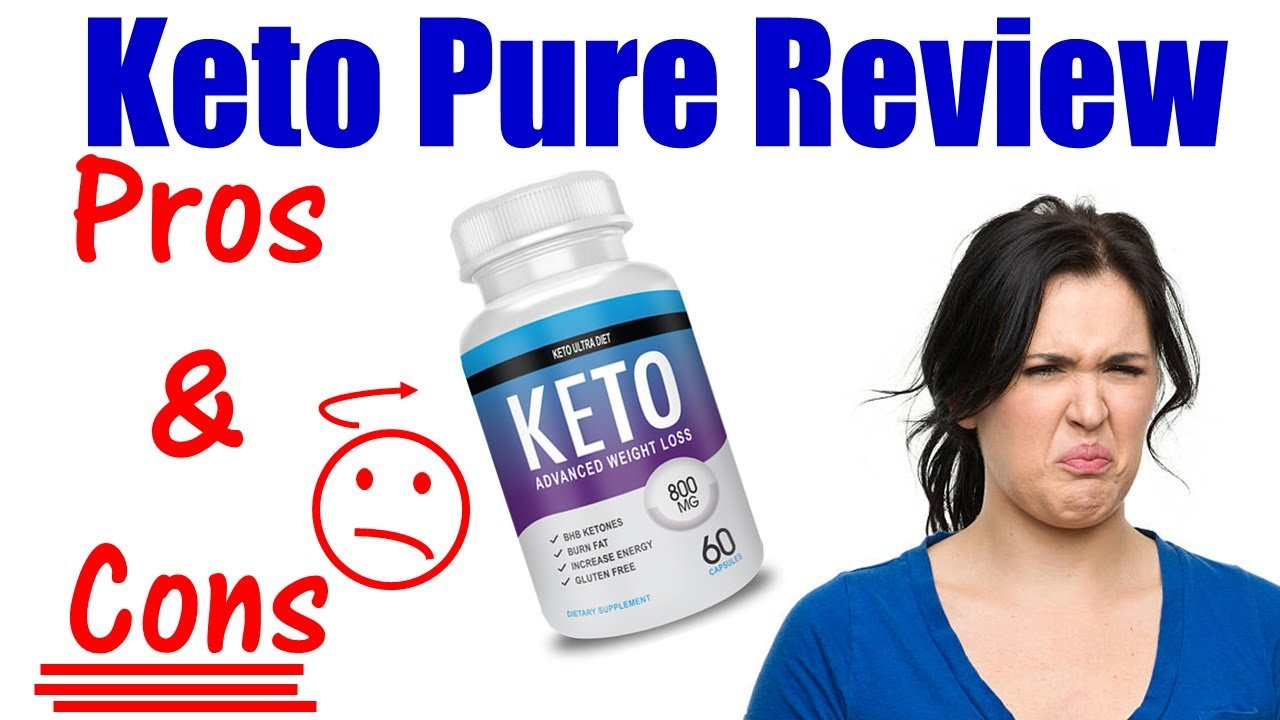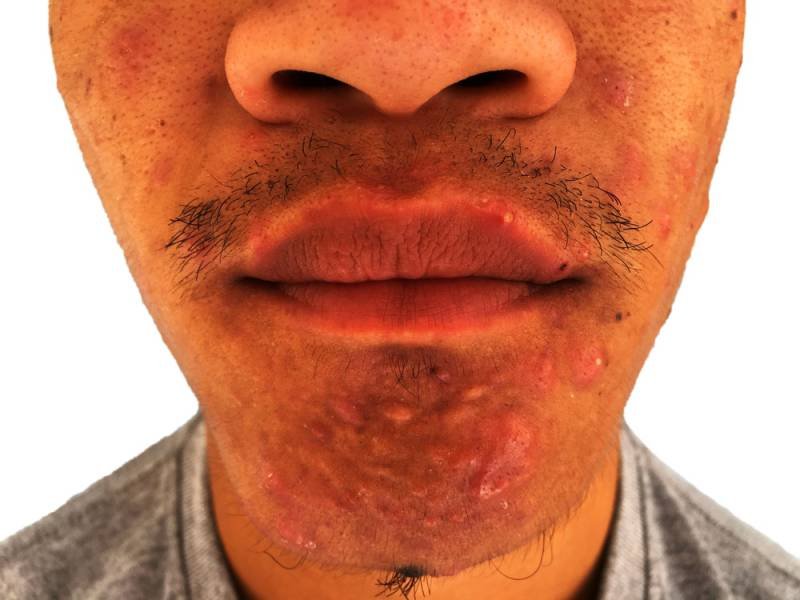
Cystic acne on the chin can be annoying. It’s bothersome, plus, its right there on your chin. There is no way you can hide it.

Cystic acne is a type of inflammatory acne. Ordinary acne affects a single follicle then pressure and inflammation of clogged skin lead to a break out of the follicle. The surrounding cells get damaged and allow infection and inflammation to penetrate the skin. This makes the chin turn red and bumpy. The bumps are extremely painful, large and tender.
Cysts on chin develop as hard painful lumps which affect the deep layers of the skin. It’s difficult to eradicate and most of the time takes too long to heal. People
It’s not clear why acne hits some people harder than others to cause cysts although heredity certainly plays a huge role in this. Medication, however, is available that can manage even severe forms such as the cystic one.
Cystic acne is more severe than other types. It also causes scarring and it’s therefore important to seek medical attention from a physician as soon as possible.
Cystic acne has four main causes, dead skin cells, excessive oil production, bacteria, and clogged pores that all combine to create eruptions on the skin.
According to Chinese face mapping, the chin has a relation to the small intestine which is involved in the digestion and absorption of food. If anything goes wrong in terms of your diet, the small intestine gets involved which leads to cystic chin acne. Other causes include unhealthy diets, food allergies, and excessive dairy products consumption.
Genetics are also a high cause. Hereditary factors passed down from parent to child.
Both females and males also experience breakouts due to hormonal imbalances. Females hormonal shifts happen during their menstrual periods, pregnancy and menopause. In males, shifts in the hormone androgen cause cystic acne on chin. When androgen levels elevate, the result is an increase in oil production that leads to breakouts.
During and after puberty in males, the acne appears, and they try to hide it by growing a beard. This, however, is a bad idea since it may lead to more breakouts. A growing beard while there is breakouts on the chin could lead to scarring and more flare-ups. The hairs on the beard trap bacteria and dirt which could increase the acne. Ingrown hairs on the beard could also cause clogging of pores. This is also another cause or reason.
Another cause is when sweat and oils are trapped in the skin. This could be due to facial hairs or use of pore-clogging oils.
Lifestyle choices you make could also lead to this skin problem. Foods you eat could determine whether your acne flares up. To heal, avoid foods like dairy products both organic and not, most of the grains, processed foods, unhealthy fats, and processed sugars.
Treatment of cystic acne should be done by a dermatologist. A thorough examination is done to investigate the history and causes. Additional lab tests may be required to establish the exact cause. Cystic acne cannot be controlled using creams alone. There are also chances that it will recur even after treatment. If one treatment fails, the doctor will choose another, so this should not be a cause for panic. Treatments options include:
These must be prescribed by a dermatologist. They help reduce inflammation and control bacteria on the skin. They can be used especially if your skin is itchy or your cysts are tender and painful.
The dermatologist can also prescribe prescription-strength creams, lotions, and gels. They contain retinoids like Retin-A, differin, aczone or azorac.
This should be considered if traditional methods have failed and if there is scarring. Assistant professor, Joshua Zeichner, MD at Mt. Sinai Hospital in NYC, advises that the drugs be taken with a fatty meal. In the absence of food, half the drug concentration is not absorbed.
Most patients who receive the oral isotretinoin, clear their acne within 4 to 6 months depending on the dosage.
According to DermNet New Zealand, a corticosteroid like betamethasone suspension is injected directly into the lesion or below the skin. A small amount is injected into the affected area. This is not absorbed into the bloodstream and does not, therefore, cause side effects experienced after taking oral steroids. It does not also cause high blood pressure, bloating or diabetes.
Cortisone reduces inflammation of the acne which is responsible for the swelling, pain, and redness. According to Dr. Neal Schultz, a dermatologist, the purpose of the cortisone is to shrink the swollen cyst wall. It does not kill bacteria and if the cyst has pus during injection, the pus will dilute the cortisone and no changes will occur.
After injection, the cysts will shrink within eight hours and improve within the next following days. The pain and swelling will reduce too. The treatment also prevents scarring.
This is used it has failed to clear up after use of topical creams and oral antibiotics. It’s advised for healthy women who are over 14 or 15 years, have started their menstrual cycles and that need contraception.
Excessive production of sebum causes acne. This is stimulated by the androgen hormone that is produced in low levels by the adrenal glands and ovaries in women. High levels of androgen lead to excessive sebum. Birth control pills contain progesterone and estrogen which lowers the androgens produced. This leads to less sebum production and therefore fewer breakouts.
The FDA has approved only three oral contraceptives for the treatment of severe acne. They include estrostep, YAZ, and Ortho Tri-Cyclen.
A dermatologist can perform an extraction or drainage to the cysts. This is done when the cysts fail to respond to other forms of treatment. This reduces pain and scarring. They use an instrument that presses down on the specific area of the skin. They then gently unclog the plug and get rid of bacteria, oils, and debris from the lesion. Extractions can also be done using a steaming technique that opens the skin pores while minimizing trauma to the skin. The treatments may cause temporary swelling or redness to the area, but this can be relieved using cold compresses to the skin.
There are different ways you can prevent the problem from home. Cystic chin acne is challenging but some simple solutions can prevent flare-ups. They include: